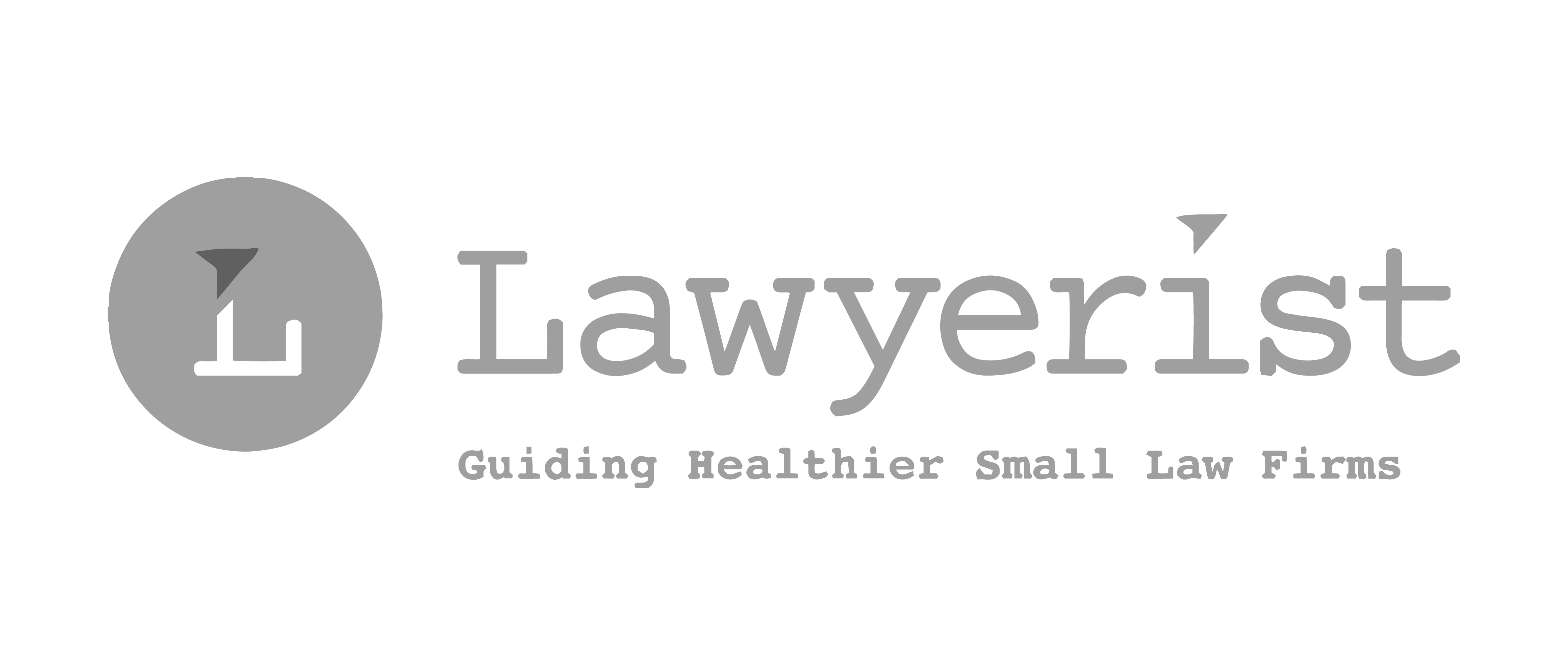How to Use Lean Metrics to Measure and Deliver Exceptional Law Firm Client Service

You may have heard of the popular business improvement methodology known simply as the Lean Approach. Many businesses are adopting part or all of the powerful strategies to reduce waste and increase output. What you may not have realized, is that one of the core concepts of the lean approach is to maximize the value customers receive.
To achieve the goal of providing exceptional client service, law firms must gain a deeper understanding of the principles and metrics that matter most to the client and focus on optimizing and improving the associated firm processes.
RELATED: Lean Thinking in the Law Office
So how exactly does the lean concept apply to law firms? In today’s climate of increased competition and downward pressure on traditional law firm billing structures, bringing a measured, customer-centric approach to your business has never been more critical for law firm survival and growth.
Clients will often tolerate imperfections, mistakes and other factors that influence outcomes. What they won’t put up with is being ignored, or worse, treated badly. To get a grasp on what matters most to your clients, let’s look at three types of traditional lean measurements and what they mean to your business and to your clients.
1. Percent Complete & Accurate (%C/A)
This is a measurement that we’re already indirectly aware of in law firms. The matter was handled accurately, all related tasks were competently completed by the attorneys and staff. Of course, you strive for a successful outcome – the reason the client hired you. You’ve achieved a solid percentage that is expected in order to validate your effectiveness as a firm.
This metric, however, is often considered table stakes when clients engage your firm. You are expected to be thorough and accurate. You are expected to win. But are you measuring this properly and constantly working to improve it?
Let’s consider another pair of metrics that are less obvious, but matter greatly to the client, perhaps as much or more than the actual outcome: Lead Time and Mean Time To Repair. In short, these metrics measure responsiveness. This is an area where many clients have lower expectations and offers your firm a great opportunity to impress and build strong relationships.
2. Lead Time
This begins when the request or task is identified. In this context, lead time can be initiated by a client, a third party law firm, a vendor or a variety of other sources that impact the case. It ends when the task is delivered, period.
Suppose your client calls and leaves a voicemail requesting a series of duplications of important case files for their personal records. Now imagine that call being promptly handled, a task properly generated to the appropriate assistant who then promptly investigates, completes the task, and arranges for delivery of those files. The key here is to identify this pattern of typical requests and measure how long it takes to complete and the process involved for the best results. Then identify ways to improve it. For instance: how quickly could that process be handled if the documents were available electronically and emailed to the client?
Improving your lead time is about identifying those common requests, measuring them, establishing a baseline and improving on the delivery process. The result is a happy client.
RELATED: Customer Service Excellence: A Differentiator for Law Firms
3. Mean Time To Repair (MTTR)
Here’s another chance to delight. The average client knows that not every aspect of the case will go flawlessly. They’re aware that hidden obstacles and speed bumps exist in courts, co-counsel and opposing counsel, interpretations of the law, and sometimes just bad luck. The key to providing exceptional value here lies in tracking, measuring and improving MTTR. In other words, what it takes and how long it takes to fix things when they inevitably goes off the rails.
If opposing counsel wants to cancel a court date that directly impacts the case, that’s an obstacle. How quickly does your firm jump in and negotiate an alternate date with various parties and repair the break? What if you accidentally omit something in court that needs to be corrected promptly? Record each of these common instances and repetitive tasks and the time it takes to resolve or complete them. Do this every time to establish a baseline and measure progress.
Now, you’ll be able to tell when you’re improving your response time to repair these issues which in turn drives client satisfaction. Keep working on driving down that MTTR and you’ll have measurably delighted clients.
If you’re not working to record, measure and improve on these metrics, you’re missing out on ways to help increase customer satisfaction and deliver exceptional law firm client service.
Share post:








